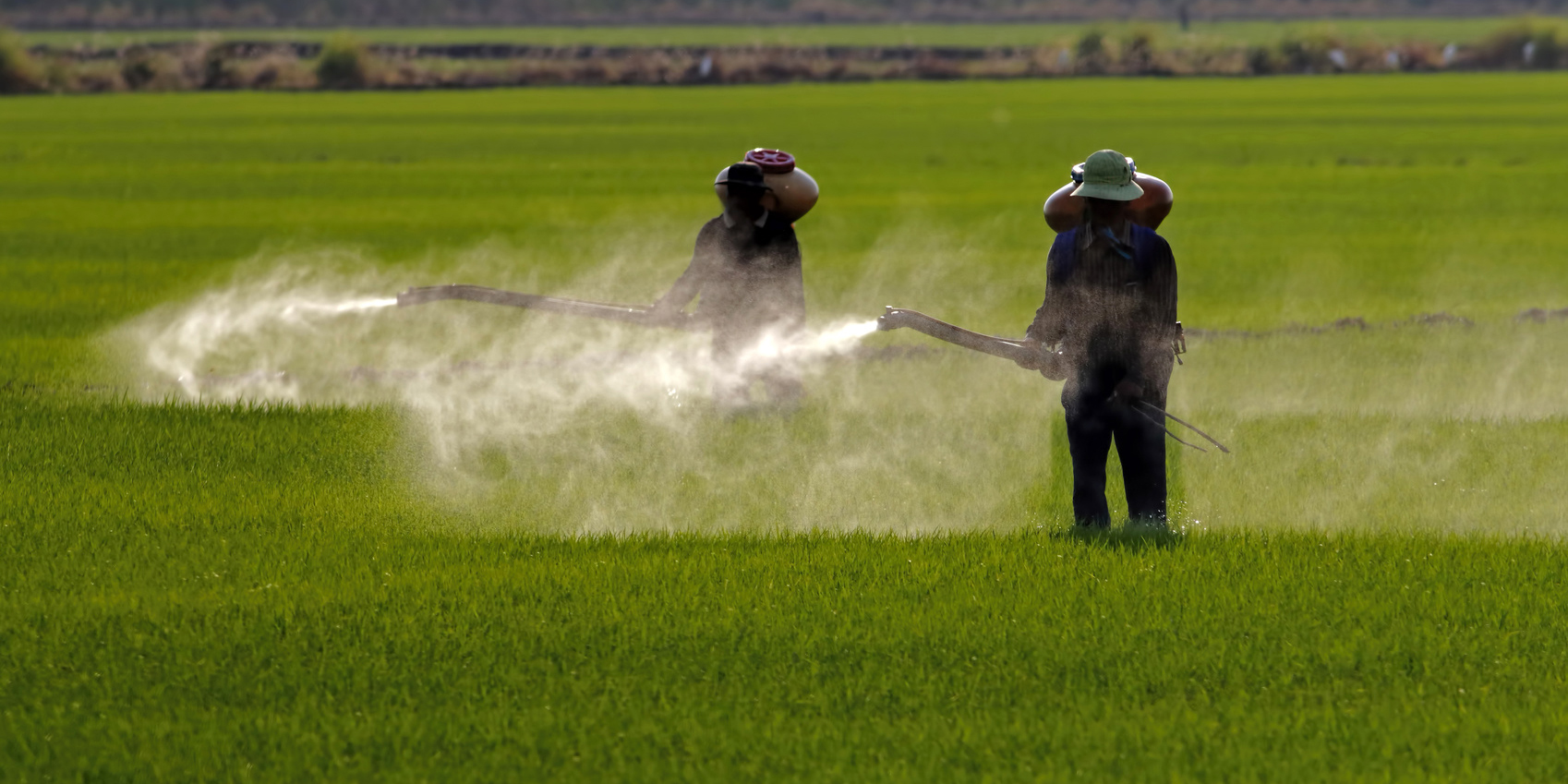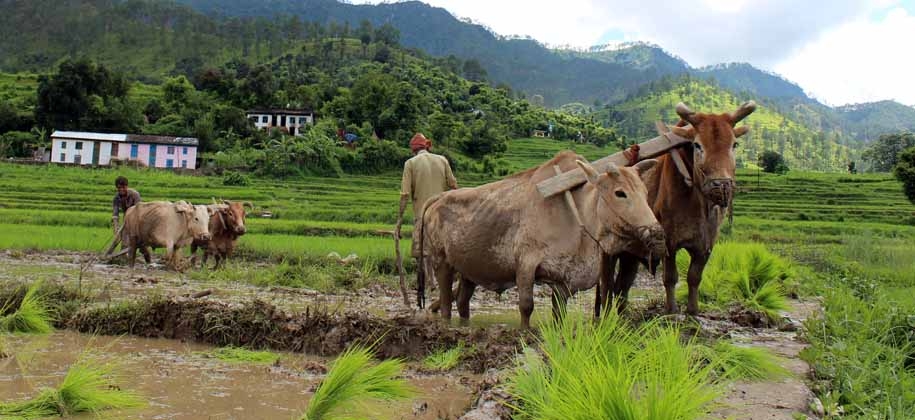In India there are two issues that are considered at core of farmer distress: first, a fair price for the produce and second, absence of credible means of recovering from losses when the crop is damaged or doesn’t fetch the right price in the market. Moreover, there are all kinds of other problems that stand in the way as well: labour costs, control over the movement of goods, the need for certification by government officials that what is being transported is the farmer’s own produce, compulsion to sell to a specified buyer or in a market yard, government-controlled auction centres where officials and buyers are in cahoots, layer upon layer of middlemen who mediate between grower and consumer, and the absence of any credible means of price discovery.
The intrusion by middlemen in the process makes the scenario worst for mostly middle-income and poor farmers.
Moreover, most of the time, the farmers feel helpless while dealing with traders and brokers. They cannot get real-time information on the going prices whereas they are clued in to the market. Therefore price discovery and market information becomes critical when prices swing wildly from day to day.
In such a scenario, Raj Kumar and Jasdev Singh, the faculty of the Department of Economics & Sociology, Punjab Agricultural University (PAU), argues that efficient marketing can help farmers get a good price for their produce in the market.
According to Kumar and Singh, besides improved technology for assured and maximum production, efficient marketing is the yardstick for maximising the margins in the markets. Giving examples of paddy, cotton and maize as the major crops of the kharif season in Punjab, they highlight that due to total mechanisation of paddy harvesting the crop arrives in the markets within a short span. This leads the farmers to have a competitive edge over the market prices.
However, they add, harvesting of any crop at the proper stage is essential for its efficient marketing. In case the crop is harvested early or it is not allowed to reach full maturity, the quality of the grains gets affected and the produce fetches a lower price in the market, besides there is a prospect of yield loss as well.
They say, the produce should also be properly graded or sorted before bringing it to the market in order to realise higher prices in comparison with the ungraded produce. For example, the first and last pickings of cotton are usually of low quality. Therefore, the produce from these pickings should not be mixed with the rest as high-grade cotton mixed with low-grade variety fetches relatively low price in the market. Different varieties of maize and moong have different-sized grains. The grading also helps in removing the damaged and spoiled grains due to lodging of crop or infestation of pests and diseases. The damaged produce should be sold separately. By doing so, the farmers can ensure remunerative return from their produce.
Moreover, they add, farmers should have comprehensive information about the market before taking the produce there. They should know about the quantum of produce arriving in the market, the prevailing market prices and the date of entry of procurement agencies in the market. Preferably, the produce should be taken to the market in the morning so that the farmers can return home in the evening after selling their crop.
It has been seen that the market prices fluctuate depending upon the forces of demand and supply in the post-harvest period. It is, therefore, important for the farmers to be fully aware of the prices prevailing in local as well as markets of other states. If the prices in the far-off markets are higher than those in the local market, the farmers can sell their produce there also. But before taking the produce to the far-off markets, the farmers should take into consideration the additional transportation and labour costs.
Besides these, they highlight that in order to realise a lucrative price, the produce should be taken to the market as per the fixed grade specifications by the purchasing agencies. This ensure trusts and aid the farmers in ensuring an upper hand in price negotiating.
Lastly, they add, while marketing, the farmers should remain present in the market at the time of auction and weighting of the produce. During the auction, if the farmer is of the view that the price offered by the buyer is less, he has the right not to accept that bid. But if he himself does not remain present at the time of the auction, it may not be possible for him to reject the bid. If a farmer detects a malpractice during weighting, he can exercise his right to opt for test weighting of the produce. The test weighting up to 10 per cent of the farmers’ produce is done free of cost in the presence of the officials of the market committee concerned. In case any discrepancy in weight is found, the producers are compensated accordingly. There is also a provision of cancellation of the licence of the weigh-man concerned along with the imposition of penalty.
The farmers need to keep all these aspects in mind so that they can reap big dividends for their produce.














